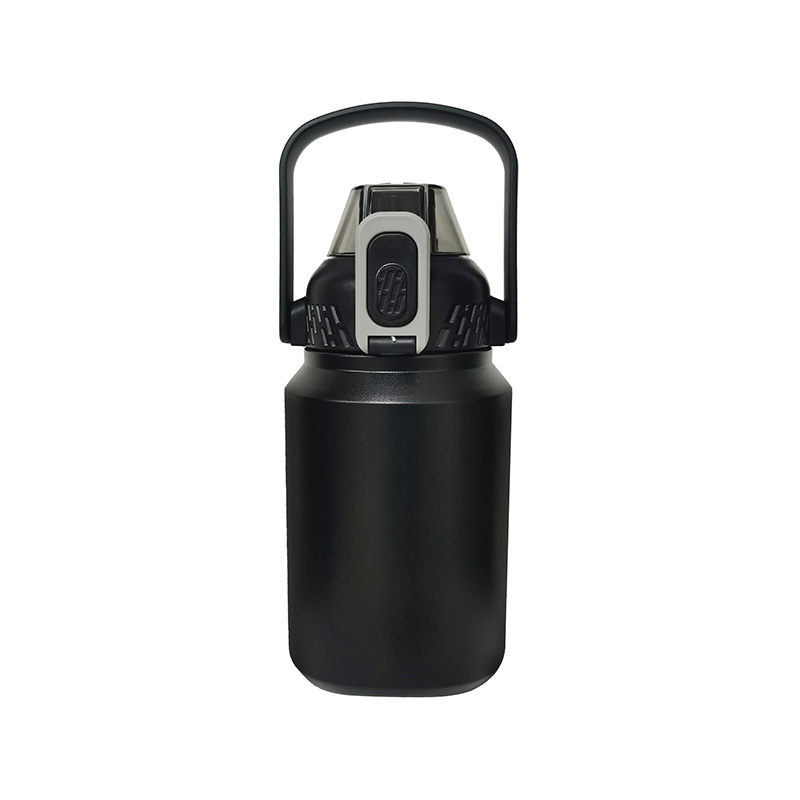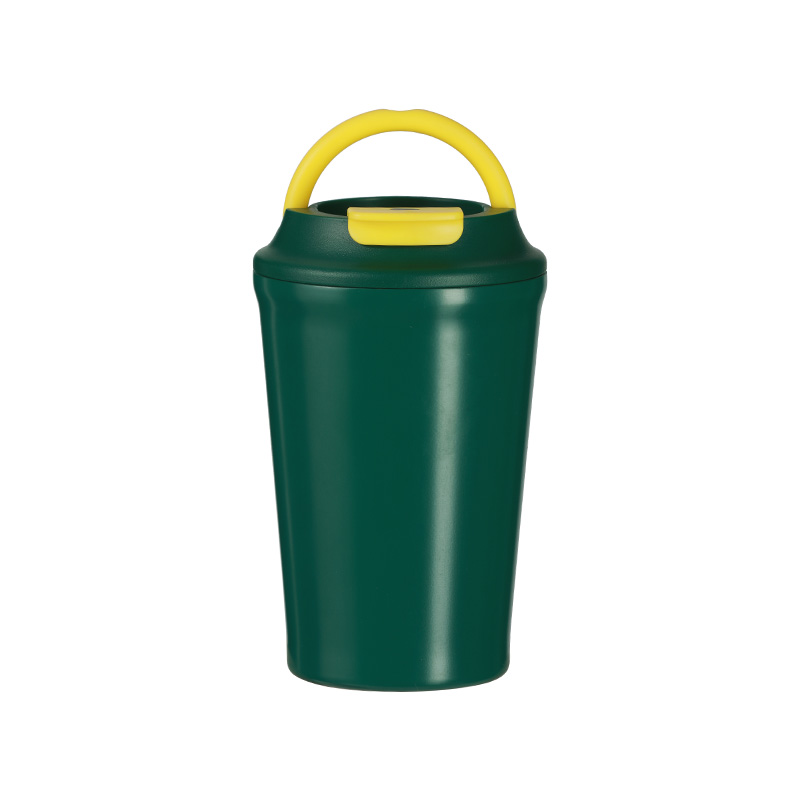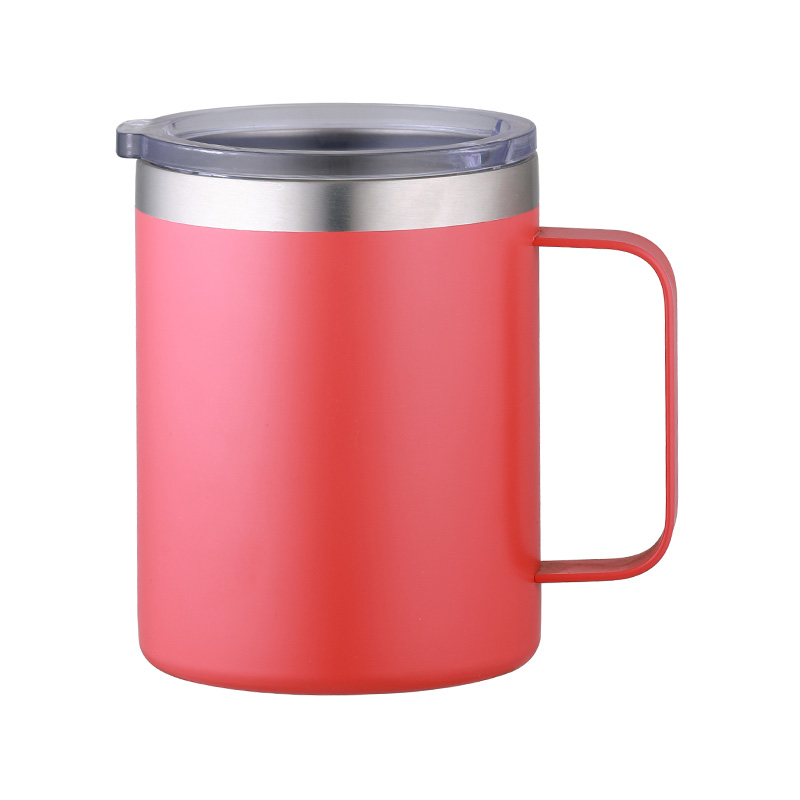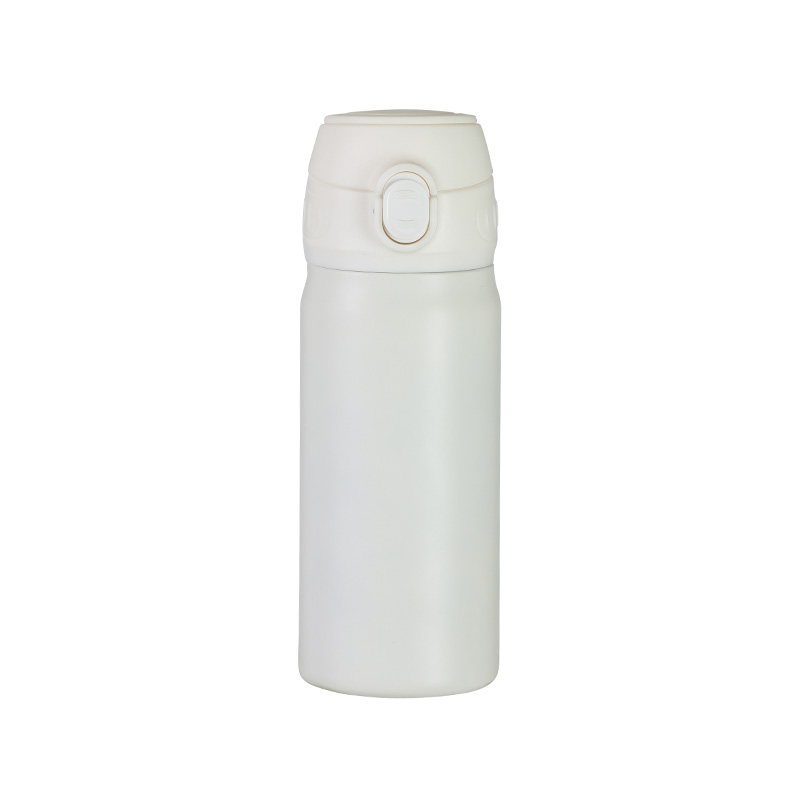1. Design and Opening Type

One of the primary ways stainless steel sports bottles are classified is by their design and opening mechanism, which affects usability, convenience, and liquid flow.
- Standard screw-top bottles: These bottles feature a threaded cap that seals tightly against the bottle opening. Screw-top designs are common in gym and office settings, as they provide a secure seal that reduces leaks. A real-life example is a commuter who carries a stainless steel bottle with a screw cap in a backpack, avoiding accidental spills during travel.
- Flip-top bottles: Flip-top or push-button caps are designed for easy one-handed operation. This type is often preferred by athletes or cyclists who need quick access to hydration without stopping. For instance, a cyclist participating in a long ride can drink directly from a flip-top bottle without using both hands or removing the bottle from the cage.
- Straw-top bottles: Some stainless steel bottles incorporate a built-in straw, allowing sipping without tilting the bottle. These designs are popular among runners and children, as they reduce spillage and encourage steady hydration during movement. A youth soccer player, for example, can drink from a straw-top bottle on the sidelines without the risk of tipping it over.
The design and opening type influence the practicality of the bottle in different environments and help determine the suitable choice for specific activities.
2. Thermal Insulation Capabilities
Another common classification of stainless steel sports bottles is based on their thermal insulation properties, which affect the ability to maintain liquid temperature over time.
Single-wall bottles: These bottles consist of a single layer of stainless steel and provide basic protection against external heat and cold. They are lightweight and suitable for casual hydration during short-term use. For instance, a student carrying a single-wall bottle to school can enjoy room-temperature water without significantly affecting the weight of their backpack.
Double-wall vacuum-insulated bottles: These bottles feature an inner and outer layer separated by a vacuum, which significantly reduces heat transfer. This design allows liquids to stay hot or cold for several hours. A real-life example is a hiker using a vacuum-insulated bottle to keep water cool during a summer trek or coffee warm during a winter hike.
Thermal coating and cap insulation: Some bottles combine vacuum insulation with insulated caps or exterior coatings to further reduce heat transfer and provide a comfortable grip. For instance, an office worker may use a double-wall bottle with an insulated cap to prevent condensation on the exterior, avoiding wet desks or bags.
Thermal insulation classification helps users choose bottles that match their needs for temperature retention, particularly for long-duration activities or environmental conditions.
3. Capacity and Portability
Stainless steel sports bottles are also classified according to capacity and portability, which influence convenience, weight, and the frequency of refills.
- Small-capacity bottles (250–500 ml): Compact bottles are lightweight and easy to carry in small bags or cup holders. They are practical for short commutes, brief gym sessions, or children’s school use. A runner participating in a 5-kilometer event may prefer a 350 ml bottle for easy handling.
- Medium-capacity bottles (500–750 ml): These bottles offer a balance between hydration needs and portability, suitable for day trips, sports practices, or office use. A cyclist may use a 600 ml bottle mounted on a bike cage for convenient access to water during rides.
- Large-capacity bottles (750–1000 ml or more): Larger bottles are useful for extended outdoor activities, long workouts, or shared use. A hiker or camper may carry a one-liter bottle to ensure sufficient hydration during a full-day trek, reducing the need for multiple refills.
- Capacity classification allows users to match bottle size with their activity duration and hydration requirements.

 English
English 日本語
日本語







